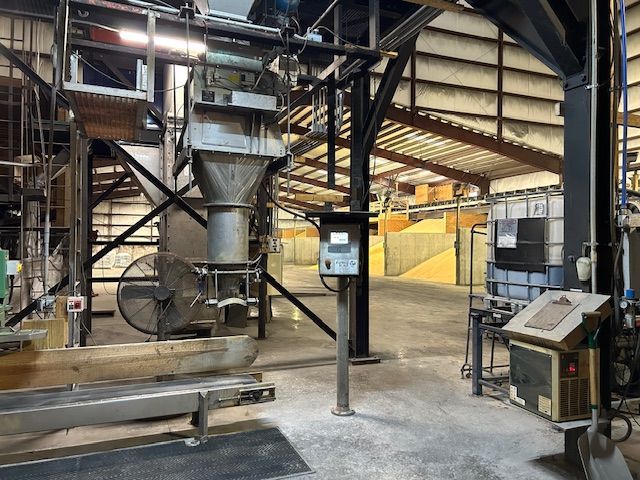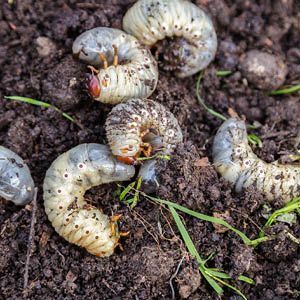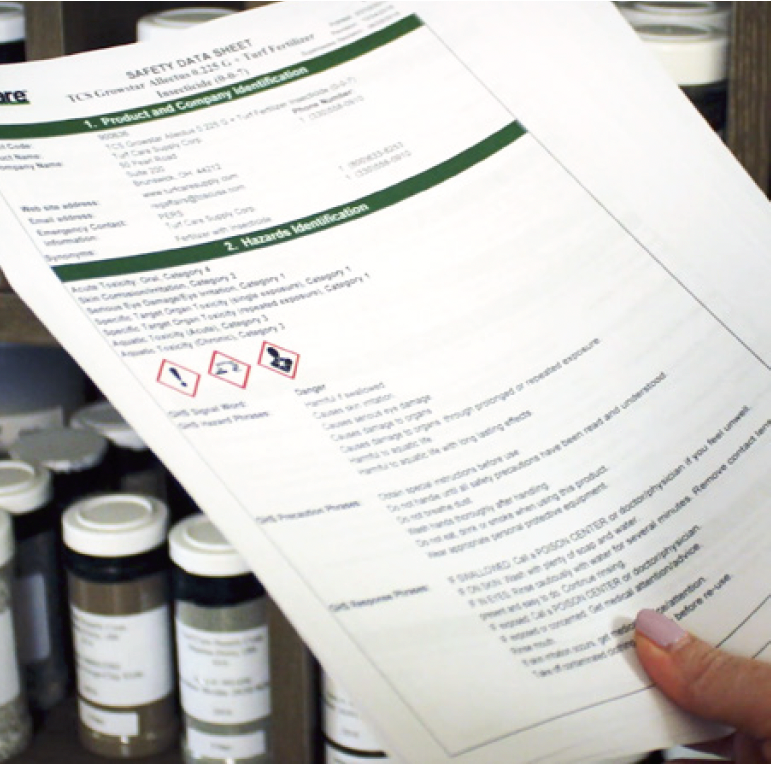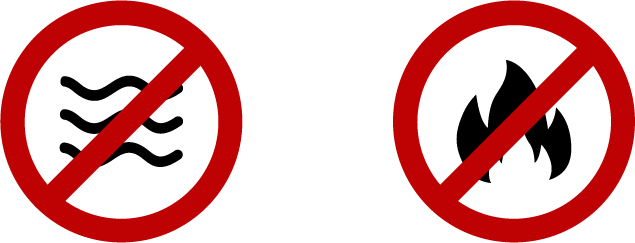
When handling fertilizers and pesticide it is important to follow suggested guidelines and prioritize safety to protect yourself, others, and reduce environmental impact. Here are some general measures to follow:
1. Read and Follow Instructions:
Carefully read and understand the product labels, safety data sheets (SDS), and any accompanying instructions provided by the manufacturer. Follow all recommended guidelines, precautions, and application rates.
2. Personal Protective Equipment (PPE):
Wear appropriate PPE as specified on the product labels and SDS. This may include gloves, goggles or face shield, respirator, long-sleeved clothing, and closed-toe shoes to protect against potential exposure.
3. Mixing and Dilution:
When preparing or diluting products, always follow the recommended mixing instructions. Add the product to water rather than vice versa to prevent excessive splashing or releases of dust or vapors. Mix in well-ventilated areas or use mechanical mixing systems, if available.
4. Avoid Contamination:
Prevent cross-contamination of products by using separate equipment and containers for different chemicals. Clean and rinse equipment thoroughly after each use to avoid unintended chemical reactions or adverse effects.
5. Storage:
Store fertilizers, pesticides, and herbicides in their original containers with tightly closed lids in a cool, dry, and secure area. Keep them away from children, pets, food, and feed products. Follow local regulations for storage and disposal.
6. Spills and Leaks:
In case of spills or leaks, contain the material and prevent it from spreading. Use appropriate absorbent materials to clean up small spills. For large spills or emergencies, follow the procedures outlined in the SDS and contact the relevant authorities.
7. Handling and Application:
Follow proper handling techniques when applying fertilizers, pesticides, or herbicides. Avoid direct contact with the product and minimize drift or overspray onto non-target areas. Take precautions to protect water bodies, sensitive ecosystems, and neighboring properties.
8. Disposal:
Dispose of empty containers, unused product, and waste materials following local regulations. Do not burn or dispose of them in water sources, drainage systems, or household waste.
9. Emergency Preparedness:
Be familiar with emergency procedures, including first aid measures, in case of accidental exposure or injury. Keep emergency contact numbers readily available.
10. Training and Education:
Stay updated on safe handling practices through training and education programs related to the specific products you are working with. This will help you understand the potential hazards and appropriate safety measures.
Remember, the specific handling measures may vary depending on the type and formulation of the product. Always refer to the product labels and SDS for detailed instructions and consult with local disposal facilities or experts for specific guidance in your region.
For professional fertilizers, control fertilizers with insecticide or herbicide, and soil amendments , please visit TurfCare’s online Product Catalog.
For green industry professionals or others interested in ordering Turfcare products, please contact our Customer Service to find a distributor near you.
Turf Care Supply - TurfReport Blog













